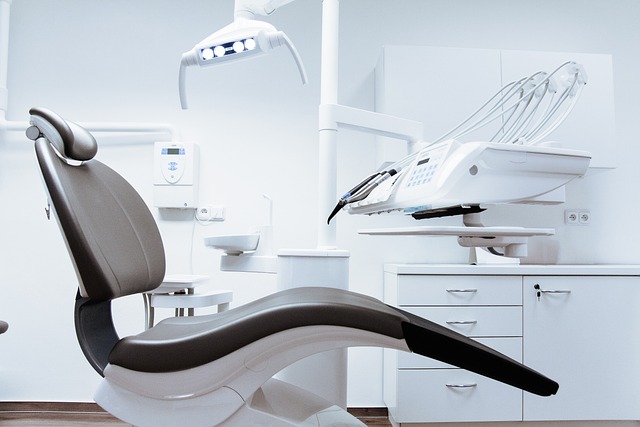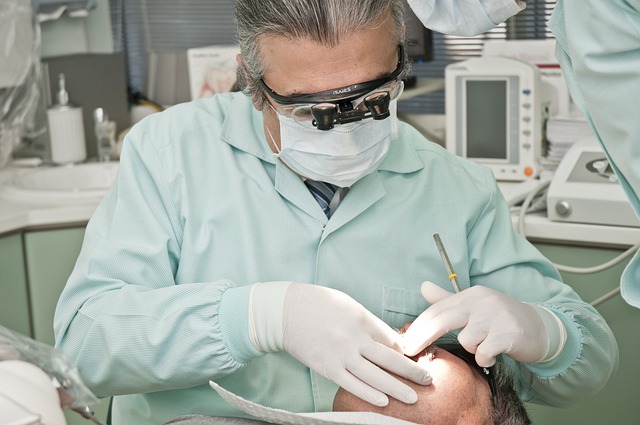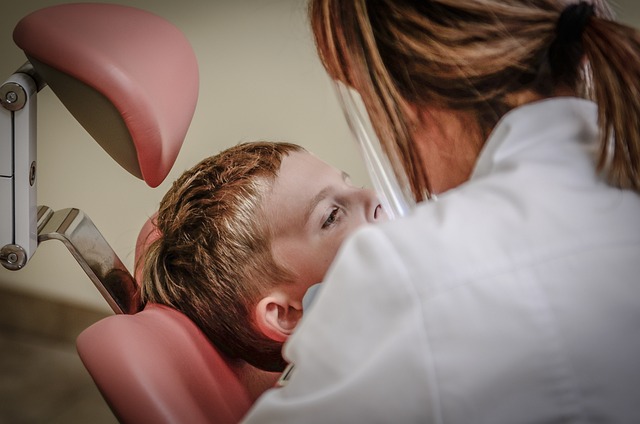Permanent Retainers for Top Teeth: What to Know
Are you tired of wearing a removable retainer every night to maintain your perfectly aligned top teeth? Well, there’s good news for you! Permanent retainers are becoming an increasingly popular option for those seeking a hassle-free solution to keep their pearly whites in line. In this article, we will delve into everything you need to know about permanent retainers for top teeth, from how they work to their advantages and potential downsides. So, sit back, relax, and let us guide you through this confident, knowledgeable, and unbiased exploration of permanent retainers.
1. Understanding Permanent Retainers: An Essential Guide for Top Teeth
Permanent retainers are an important dental appliance that serve to maintain the alignment of your top teeth after orthodontic treatment. They consist of a thin wire that is bonded to the back of your teeth, ensuring they stay in their corrected positions. Here, we provide you with a comprehensive guide to help you understand permanent retainers:
How do permanent retainers work?
Permanent retainers work by exerting continuous, gentle pressure on your teeth, preventing them from shifting back to their original positions. This ensures that the results achieved through braces or aligners are maintained over time. Unlike removable retainers, which can be easily misplaced or forgotten, permanent retainers provide a hassle-free solution as they are always in place.
Some key features of permanent retainers include:
- Wire material: Typically made of stainless steel or titanium, these wires are strong and durable.
- Bonding process: The wire is securely bonded to the back of your teeth using dental adhesive, ensuring it stays in place.
- Comfort: Permanent retainers are designed to be comfortable, with minimal interference in your everyday activities such as eating or speaking.
- Oral hygiene: Extra care is required when cleaning around the wire to prevent plaque buildup and maintain good oral hygiene.
It is important to consult with your orthodontist to determine if a permanent retainer is suitable for your specific dental needs. They will provide guidance on proper care and maintenance to ensure the longevity of your retainer and the continued alignment of your top teeth.

2. The Benefits and Considerations of Permanent Retainers for Upper Teeth
Permanent retainers for upper teeth can offer numerous benefits for individuals who have undergone orthodontic treatment. These thin wires, typically made of stainless steel or a clear material, are bonded to the back of the upper teeth to help maintain their alignment and prevent them from shifting over time. One of the main advantages of permanent retainers is their ability to provide long-term stability. Unlike removable retainers, which need to be worn consistently to maintain the results of orthodontic treatment, permanent retainers are always in place, ensuring that the teeth remain in their desired position.
Another benefit of permanent retainers is their convenience. Since they are fixed in place, there is no need to worry about losing or misplacing them. This can be especially beneficial for individuals who are prone to misplacing or forgetting to wear their removable retainers. Additionally, permanent retainers are discreet and virtually invisible when properly placed, allowing individuals to confidently smile and speak without feeling self-conscious. With proper oral hygiene care and regular dental check-ups, permanent retainers can be a reliable and effective solution for maintaining the alignment of upper teeth.

3. What to Expect: The Process of Getting a Permanent Retainer for Your Top Teeth
Initial Consultation: The process of getting a permanent retainer for your top teeth begins with an initial consultation with your orthodontist. During this appointment, your orthodontist will examine your teeth and evaluate whether a permanent retainer is the right option for you. They will also discuss the benefits and potential risks associated with this type of retainer.
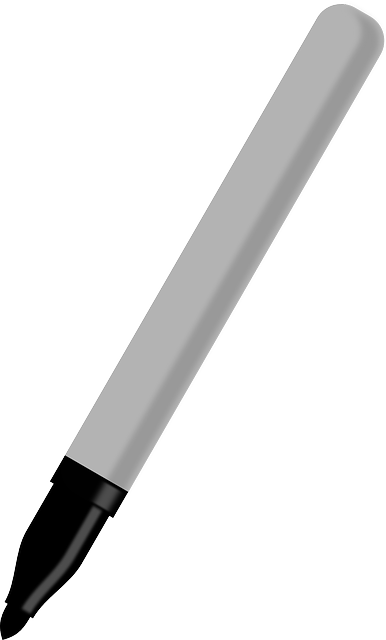
4. Permanent Retainers vs. Removable Options: Making an Informed Decision
When it comes to choosing between permanent retainers and removable options, it’s essential to make an informed decision that suits your needs. Both types have their advantages and considerations to keep in mind. Let’s explore the key factors to help you decide which option is right for you:
- Effectiveness: Permanent retainers are typically considered more effective in maintaining the alignment of your teeth, as they are bonded to the back of your teeth and provide constant support. On the other hand, removable retainers can be effective if worn consistently as prescribed by your orthodontist.
- Maintenance: Permanent retainers require minimal maintenance, as they are fixed and don’t need to be removed for cleaning. However, it’s important to floss regularly to prevent plaque buildup. Removable retainers, on the other hand, need to be removed for cleaning and may require more attention to keep them in optimal condition.
- Comfort: Some individuals find permanent retainers more comfortable since they are always in place and don’t require constant removal and reinsertion. However, removable retainers can be more comfortable for eating and speaking, as they can be taken out temporarily.
Remember, every person’s orthodontic needs are unique, so it’s crucial to consult with your orthodontist to determine which option is best for you. They will consider various factors, such as your oral hygiene habits, lifestyle, and the specific alignment of your teeth, to guide you towards the most suitable choice. By weighing the effectiveness, maintenance requirements, and comfort of each option, you can make an informed decision that aligns with your preferences and orthodontic goals.
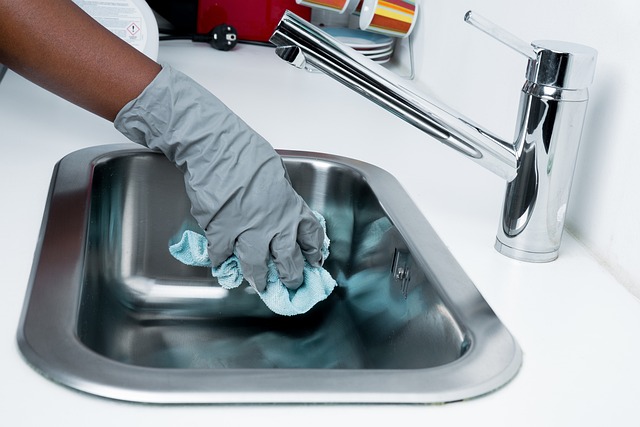
5. Maintaining Oral Health with Permanent Retainers: Tips and Guidelines
When it comes to maintaining your oral health with permanent retainers, there are a few essential tips and guidelines that can help ensure your smile stays healthy and beautiful. Here are some expert recommendations to keep in mind:
- Brushing: Brush your teeth thoroughly at least twice a day, focusing on all areas of your mouth, including the gum line and the areas around your permanent retainer. Use a soft-bristle toothbrush and fluoride toothpaste for optimal cleaning.
- Flossing: It’s crucial to floss daily, paying special attention to the spaces between your teeth and around your permanent retainer. Utilize floss threaders or interdental brushes to effectively clean these hard-to-reach areas.
- Regular dental visits: Schedule regular check-ups with your dentist or orthodontist to monitor the condition of your permanent retainer and address any potential issues promptly. These professionals can also provide thorough cleanings to maintain your oral health.
Additionally, it’s important to be mindful of your diet and oral habits to prevent any complications with your permanent retainer. Avoid sticky and hard foods that can damage the retainer or get stuck in it. If you participate in contact sports or activities that may pose a risk to your mouth, it’s recommended to wear a mouthguard for added protection. By following these tips and guidelines, you can enjoy a healthy and well-maintained smile with your permanent retainer.
6. Adjusting to Life with a Permanent Retainer: Common Questions and Answers
Adjusting to life with a permanent retainer can be a new experience, and it’s natural to have questions. Here are some common questions and their answers to help you navigate this adjustment period:
- How long will I need to wear a permanent retainer? The duration of wearing a permanent retainer varies from person to person. Typically, orthodontists recommend wearing it for several years, and in some cases, indefinitely. Your orthodontist will assess your individual case and provide guidance on how long you need to wear it for optimal results.
- Will a permanent retainer affect my speech? Initially, you may experience a slight change in speech due to the presence of the retainer. However, as your tongue and mouth muscles adapt, any speech impediments should resolve within a few days or weeks. It’s important to practice speaking and enunciating clearly during this adjustment period.
- How do I clean a permanent retainer? Proper oral hygiene is essential when it comes to caring for your permanent retainer. Regularly brush your teeth and the retainer with a soft toothbrush and fluoride toothpaste. Additionally, use a floss threader or a water flosser to clean between the wire and your teeth. Your orthodontist may provide specific instructions tailored to your retainer, so be sure to ask for guidance.
Remember, each person’s experience with a permanent retainer may differ slightly, but with time, you will adjust to its presence and learn to maintain good oral hygiene. If you have any concerns or additional questions, it’s always best to consult your orthodontist for personalized advice.
7. Long-term Effectiveness: Ensuring the Success of Your Permanent Retainer for Top Teeth
When it comes to maintaining the success of your permanent retainer for your top teeth, long-term effectiveness is of utmost importance. Here are some key factors to consider in ensuring the continued efficacy of your retainer:
Proper Oral Hygiene: Maintaining good oral hygiene is crucial to the longevity of your permanent retainer. Brush your teeth at least twice a day using a soft-bristled toothbrush and fluoride toothpaste. Don’t forget to floss daily, paying extra attention to the areas around the retainer wire. Regular dental check-ups and cleanings are also essential to detect any potential issues early on.
Avoiding Sticky and Hard Foods: While a permanent retainer is designed to withstand normal eating habits, it’s important to be mindful of what you consume. Avoid sticky foods like caramel or chewing gum that can get stuck in or damage the retainer. Additionally, refrain from biting into hard foods such as ice, hard candies, or nuts, as they can potentially dislodge or break the retainer.
Frequently Asked Questions
Q: What are permanent retainers for top teeth?
A: Permanent retainers for top teeth are wire-like devices that are bonded to the back surface of your upper front teeth. They are used to maintain the alignment of your teeth after orthodontic treatment.
Q: How do permanent retainers work?
A: Permanent retainers work by applying a gentle force to keep your teeth in their desired positions. They prevent your teeth from shifting back to their original positions, ensuring the effectiveness of your orthodontic treatment.
Q: Are permanent retainers noticeable?
A: Since permanent retainers are bonded to the back of your teeth, they are not visible when you smile or talk. This makes them a discreet option for maintaining your orthodontic results.
Q: Is the process of getting a permanent retainer painful?
A: The process of getting a permanent retainer is generally painless. Your orthodontist will use a bonding agent to attach the retainer to your teeth, which may cause slight discomfort. However, any discomfort is typically minimal and temporary.
Q: How long do permanent retainers last?
A: Permanent retainers are designed to be long-lasting. With proper care and regular dental visits, they can last for several years, or even indefinitely. However, there may be instances where the retainer needs to be repaired or replaced due to damage or natural wear and tear.
Q: Can I eat normally with a permanent retainer?
A: Yes, you can eat normally with a permanent retainer. However, it is important to avoid hard, sticky, or chewy foods that may cause damage to the retainer or make it difficult to clean your teeth properly. Your orthodontist will provide specific dietary guidelines to ensure the longevity of your retainer.
Q: How do I clean my permanent retainer?
A: Cleaning a permanent retainer is essential for maintaining good oral hygiene. You can use a soft toothbrush and a fluoride toothpaste to gently brush the retainer and the surrounding teeth. Additionally, using dental floss or a floss threader to clean between the teeth and the retainer is recommended.
Q: Can I remove a permanent retainer myself?
A: No, you should never attempt to remove a permanent retainer yourself. Only a dental professional, usually an orthodontist, should remove or adjust a permanent retainer. Trying to remove it yourself may cause damage to your teeth or the retainer itself.
Q: Are there any alternatives to permanent retainers for top teeth?
A: Yes, there are other options for retaining the alignment of your top teeth. Removable retainers, such as clear aligners or Hawley retainers, can be used as an alternative. However, it is best to consult with your orthodontist to determine which option is most suitable for your specific needs.
Q: How often should I visit my orthodontist for retainer check-ups?
A: It is recommended to visit your orthodontist regularly for retainer check-ups. The frequency of these visits may vary, but typically, every six months is sufficient. These appointments will allow your orthodontist to assess the condition of your retainer and make any necessary adjustments.
To Wrap It Up
In conclusion, permanent retainers for top teeth are an effective and convenient solution for maintaining a straight and aligned smile. By understanding their purpose, benefits, and potential drawbacks, you can make an informed decision about whether they are right for you. Here are the key takeaways:
1. Permanent retainers are wire-based appliances that are bonded to the back of your top teeth, providing ongoing support to keep them in their desired position.
2. They are a reliable and long-term solution, eliminating the need for removable retainers that can be lost or forgotten.
3. Permanent retainers require minimal effort, as they remain in place 24/7, ensuring continuous tooth stability without any discomfort or inconvenience.
4. While permanent retainers are highly effective, they do require regular dental check-ups and maintenance to ensure they remain intact and functional.
5. It is important to maintain proper oral hygiene by brushing and flossing diligently, as food particles can become trapped around the retainer, leading to potential oral health issues.
6. Although permanent retainers are generally well-tolerated, individual experiences may vary, with some individuals reporting slight speech changes or initial discomfort that gradually subsides.
7. It is crucial to consult with an experienced orthodontist who can assess your specific dental needs and determine if permanent retainers are suitable for you.
By considering these key takeaways, you can confidently navigate the world of permanent retainers and make an informed decision that aligns with your oral health goals. Remember, proper dental care and regular visits to your orthodontist are essential for maintaining a beautiful, healthy smile in the long run.

